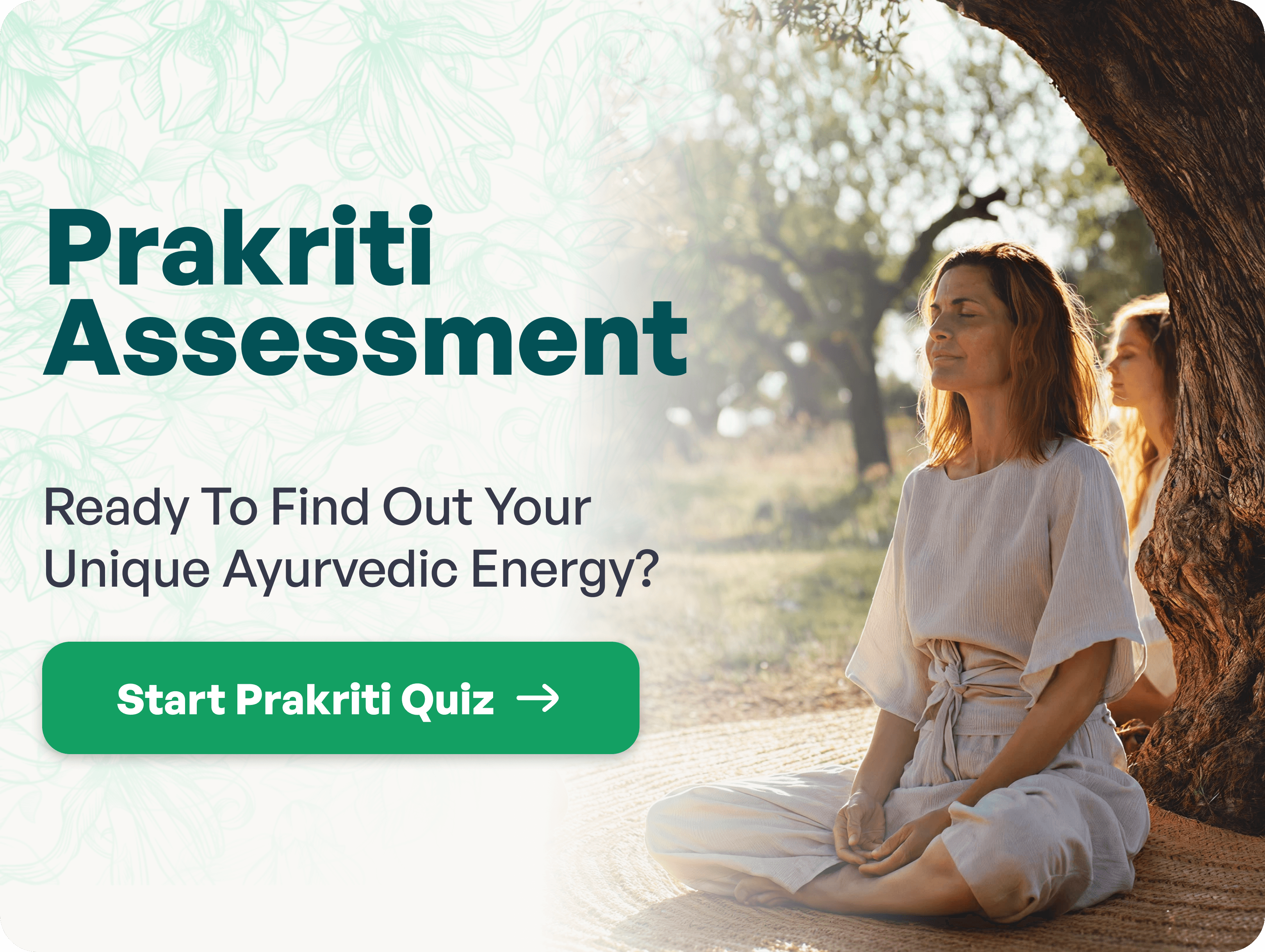Written by Dr Reshma N Babu
Medically reviewed by Dr Valsala
Updated on January 31, 2025
Your Ultimate Guide to Manage Cramps During Menopause
"Behind every menopause cramp lies the power to rise above the discomfort and embrace our inner strength."
Have you ever wondered why our body struggles to bear the pain and discomfort of these 'menstrual monsters', even after facing it every month since menarche?
Menopause is a natural phase in a woman's life, marked by the cessation of the menstrual cycle, where her fertile period of life ends. It typically occurs between mid-40s and mid-50s, although it can vary for each individual. This is a transitional period with a significant hormonal shift, causing her body and mind to go through various symptoms that can impact their daily lives. Women experience multiple changes in the body, both physical and emotional - Severe mood swings, hot flashes, night sweats, vaginal dryness, and fatigue. Among these, menopause cramps can be particularly uncomfortable and disruptive.
Jump to section
- What are Menopause Cramps?
- Understanding Menopause Cramps
- Signs and Symptoms of Menopause Cramps
- A Holistic Approach To Treating Cramps During Menopause
- 5 Self-Care Tips and Practices to Tackle Menopausal Cramps
- When to Seek Professional Help?
- Wrapping Up
What are Menopause Cramps?
Menopause cramps are abdominal spasms in women during or after menopause (menopausal/postmenopausal cramps). These cramps can range from mild to severe, causing discomfort and affecting overall well-being. It is also associated with digestive issues like bloating and gas trouble; sometimes, back pain accompanies it.
Understanding and managing menopause cramps are crucial for women to improve their quality of life and regain a sense of normalcy. Throughout this guide, we will explore various aspects of menopause cramps, including their impact on women's lives, potential causes, and ways to manage and alleviate the discomfort.
Understanding Menopause Cramps
These abdominal pains or spasms in women during or after menopause can vary in intensity and duration, causing discomfort and adversely affecting the quality of life. Triggered by hormonal changes that disrupt the normal functioning of the reproductive system, the pain and discomfort are caused by hormonal fluctuations, especially the oestrogen and progesterone levels that induce vigorous muscle contractions in the abdominal area.
So why is it essential to differentiate menopause cramps from menstrual cramps?
Menstrual cramps occur during a woman's reproductive years and are associated with the shedding of the uterine lining during menstruation. On the other hand, menopause cramps occur after menopause when the menstrual cycle stops.
The frequency, duration, severity and intensity of menopause cramps vary among women, ranging from mild discomfort to more intense pain. Understanding these variations and identifying effective management strategies are crucial in embracing the journey of menopause and contributing to overall well-being.
Signs and Symptoms of Menopause Cramps
Menopause cramps come with various symptoms that can vary from woman to woman.
Physical symptoms include:
- Abdominal pain ranges from dull aches to sharp spasms.
- Bloating where the abdomen feels swollen and tight.
- Backaches
- Sleep disturbances and fatigue
Emotional and psychological symptoms such as;
- Mood swings
- Irritability
- Anxiety
- Depression
These can further impact overall well-being and leave women feeling frustrated and isolated.
By identifying these typical symptoms, women can better understand the root cause of their discomfort and seek appropriate strategies to manage and alleviate their impact.
A Holistic Approach To Treating Cramps During Menopause
The holistic approach to menopause cramps can improve a woman's quality of life. It further empowers them to go through the transformative phase with grace and comfort. It comprises the following:
A Well-Balanced Diet
Ensure your meals feature whole foods, seasonal fruits, colourful vegetables, and lean proteins. Why? Because they provide essential nutrients and can support hormonal balance.
Regular Physical Exercise
Daily exercise can improve blood circulation and strengthen and tone muscles. It further tends to release muscle tension, reducing the frequency and intensity of cramps.
Weight Management
Maintaining a healthy weight is essential, as excess weight can increase inflammation and worsen cramp symptoms.
Stress Reduction Techniques
They are vital in managing menopause cramps, as chronic stress can worsen symptoms. Practices like meditation, mindfulness, yoga, and deep breathing help promote relaxation, reduce muscle tension, and improve overall well-being. Hence, doing so regulates the body's stress response and supports hormonal balance.
Complementary and Alternative Therapies
These can further offer additional benefits in managing menopause cramps. You can consult Nirva's Ayurveda Practitioners before incorporating herbal supplements, as they may interact with medications or have potential side effects.
Other Requirements
Some investigations and blood checkups may be necessary to manage severe menopause cramps.
5 Self-Care Tips and Practices to Tackle Menopausal Cramps
By embracing self-care practices during menopause, women can nurture their bodies and enhance their quality of life. Here are a few tips and tricks to embrace this transformative journey with resilience and self-empowerment:
Tip 1: Including nutrient-rich foods like fruits, vegetables, whole grains, and lean proteins can support hormonal balance and improve overall health daily.
Tip 2: Avoiding processed foods, tinned snacks, excessive caffeine, carbonated/aerated drinks, and alcohol can help minimise symptoms.
Tip 3: Exercise for at least 10 minutes daily.
Tip 4: Heat therapy and hot/cold compresses can provide immediate relief. How? By relaxing muscles and reducing inflammation. Alternatively, you can practise Abhyanga (Ayurvedic Warm Oil Massage) with aromatic medicated oils for muscle relaxation.
Tip 5: You can also practise relaxation techniques like deep breathing exercises and meditation. Indulging in practices like taking a warm bath or hobbies can also help. They help induce relaxation and joy, reduce stress, promote peace, and improve emotional well-being.
When to Seek Professional Help?
It is essential to consult a healthcare provider in cases of severe or frequent symptoms that hinder your productivity. Regular checkups and screenings during menopause are vital in monitoring overall health and detecting underlying conditions. After a detailed individual needs analysis, healthcare providers can offer guidance, support, and medical treatments.
Seeking emotional support through support groups and counselling services can be valuable for managing emotional well-being during this transitional phase.
Adopting a holistic approach to tackling the abdominal/ pelvic cramps during or after menopause can help you fix the tricky phase with a healthier version of yourself.
Consulting with a healthcare professional is crucial to discuss individual symptoms medical history, and plan the most appropriate course of action.
Wrapping Up
Holistic approaches, such as lifestyle changes, stress reduction techniques, complementary therapies, and medical interventions, help menopause cramps. It is also important to note that the significance of self-care, regular checkups, and screenings are vital.
You must also seek support from healthcare providers and counselling services for a graceful, pain-free journey. Throughout this journey, it is also crucial for women to prioritise their health and well-being.
Frequently Asked Questions
Lifestyle changes play a significant role in managing menopausal cramps; simultaneously, it's essential to understand that every woman's experience is unique. For some, adopting a healthy diet, regular exercise, and stress reduction techniques may provide sufficient relief. Whereas in other women, a more advanced level of medical attention may be required.
It is advisable to consult with a healthcare provider to determine the most appropriate approach based on individual symptoms and needs.
A well-balanced diet can contribute to hormonal balance and improve overall health. Including foods rich in omega-3 fatty acids, fatty fish, and flaxseeds may help reduce inflammation. Increasing intake of fruits, vegetables, whole grains, and lean proteins can provide essential nutrients and support overall well-being.
Additionally, avoiding processed foods, tinned snacks, carbonated drinks, excessive caffeine, and alcohol may help minimise symptoms. Consulting with a registered dietitian can provide personalised guidance for dietary adjustments.
Alternative therapies, including herbal remedies and acupuncture, have shown promise in managing menopausal symptoms, including cramps, for some women. However, it is crucial to consult with a healthcare provider, or a qualified practitioner experienced in herbal medicine before using these remedies.
Similarly, when performed by a licensed acupuncturist, acupuncture can provide relief by promoting energy flow and hormonal balance. Individual responses may vary, so it's important to undergo these procedures under professional guidance.
Dr Reshma N Babu
Dr Reshma N Babu is a passionate, young Ayurveda doctor who strongly believes in sharing the warmth of her knowledge in Ayurveda medicine in caring for people who are suffering from physical and mental imbalances. Dr. Reshma highlights Ayurveda not just as a medical science that cures disease but as a way of living.

8 Effective Face Yoga Exercises to Reduce Marionette Lines Naturally
15 Foods to Avoid with Gallbladder Issues & Best Foods for Gallbladder Health
Understanding Your Gut Type and Its Impact on Health
4 Simple Ways to Manage Hot Flashes at Work
3 Stretching exercises for desk workers - Get Relief from Neck, Back and Wrist Pain









